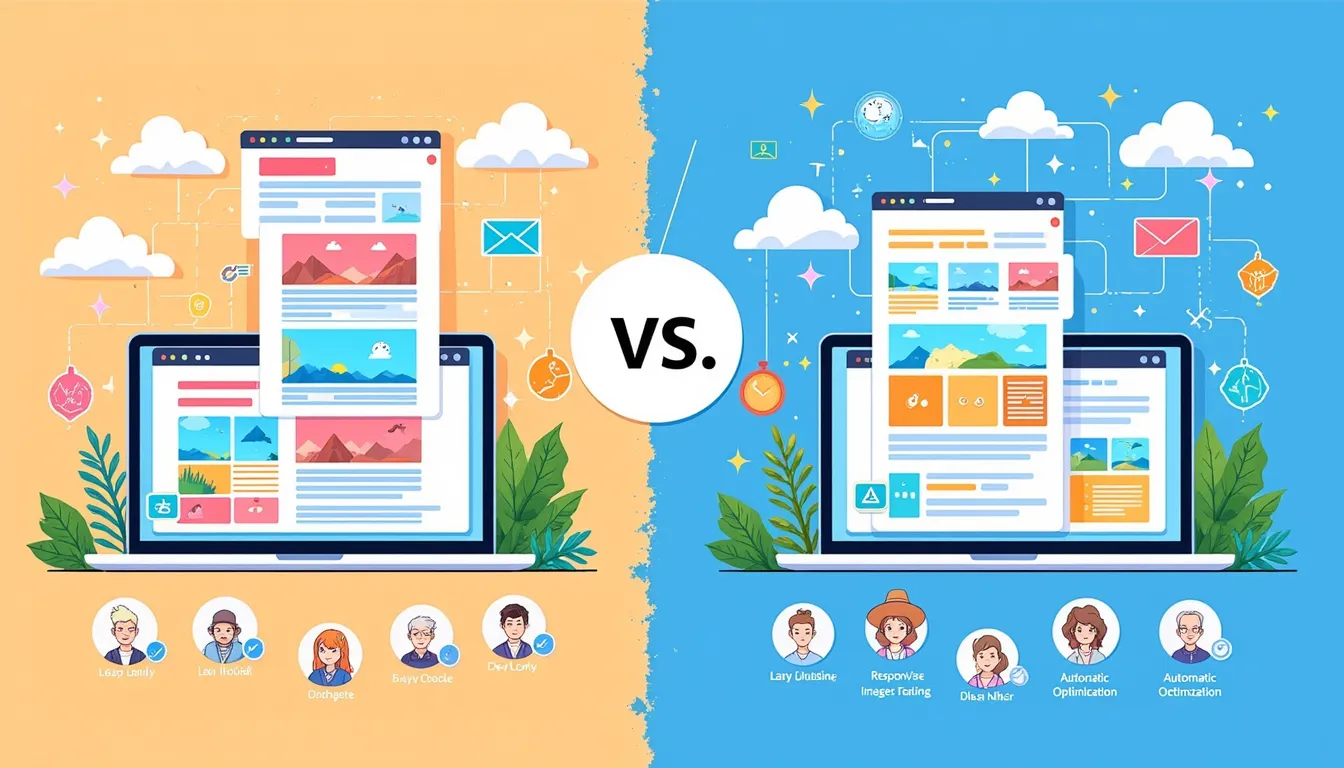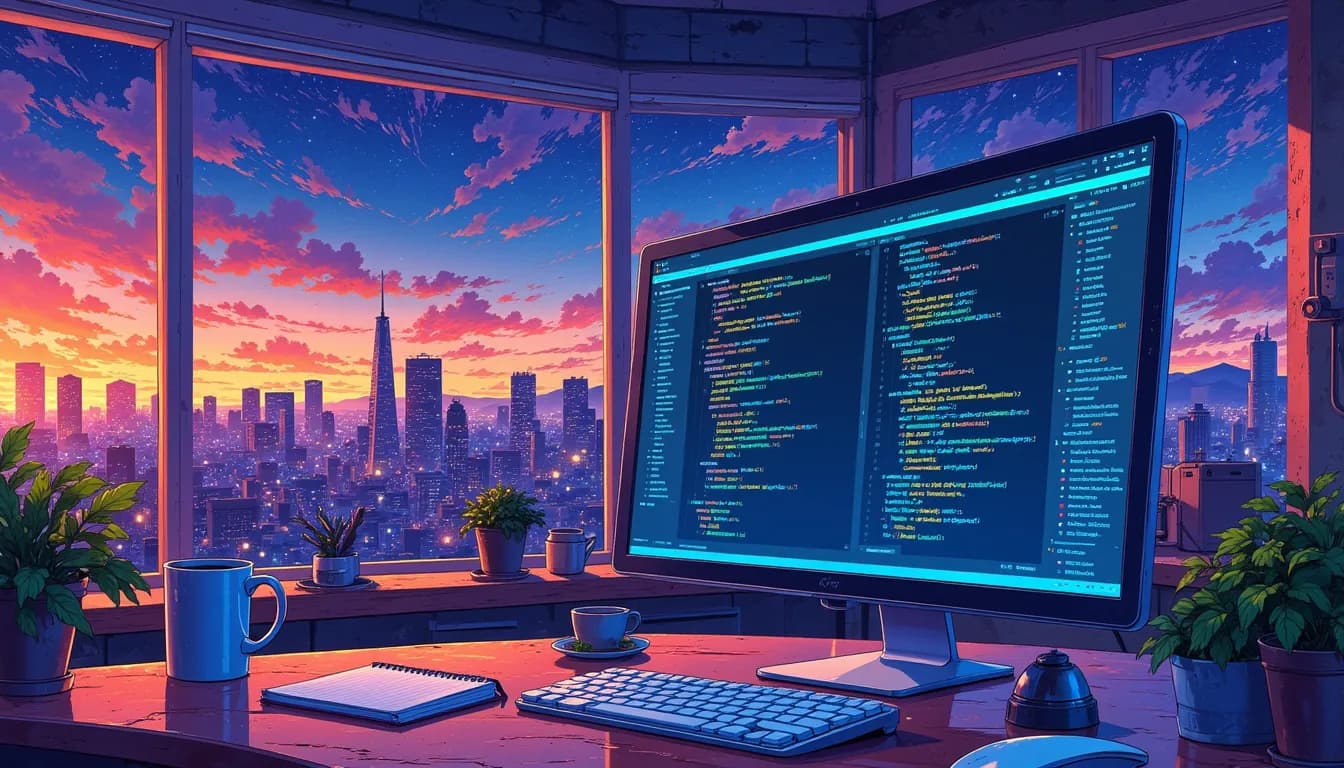Unlock the secrets of the Next.js Image component with this friendly guide. Learn how it works and how to use it to boost your website's speed and look amazing.
Have you ever visited a website where the images took ages to load? It's frustrating, right? Slow-loading images can be a dealbreaker for users and can significantly impact a site's performance. But fear not, dear reader, because Next.js has a nifty solution for you: the Next.js Image component. This tool can help you optimize images on your site, making it faster and more efficient. And yes, your website will look stunning too!
In this guide, we'll dive deep into the world of the Next.js Image component. We'll explore how it works, why it's beneficial, and how you can use it to take your website to the next level. Whether you're a seasoned developer or just getting started, this article will provide you with the insights you need to enhance your site's performance.
What is the Next.js Image component?
Let's start with the basics. The Next.js Image component is a powerful tool designed to optimize images on your website. It automatically handles image resizing, lazy loading, and more, so you don't have to worry about these things manually.
How it works
Under the hood, the Image component uses modern web techniques to deliver optimized images. It serves images in the appropriate format (like WebP or JPEG) depending on the browser, and it resizes images based on the device's screen size. This means that users get the best quality image without any extra effort on your part.
Why you should use it
So, why should you bother with the Next.js Image component? Well, here are a few reasons:
- Performance: By optimizing images, your site loads faster, which can improve your SEO and user experience.
- Convenience: It handles a lot of the heavy lifting for you, like resizing and format selection.
- Flexibility: You have control over how images are loaded and displayed, giving you both power and simplicity.

Getting started with the Image component
Ready to jump in? Let's get started with using the Next.js Image component in your project. Don't worry, it's easier than it sounds!
Setting up
First things first, you need to have a Next.js project set up. If you haven't done this already, you can create a new project by running:
Once your project is ready, you can start using the Image component by importing it from 'next/image':
Using the Image component
Now, let's see how you can use the Image component in your project. Here's a simple example:
In this example, the attribute is the path to your image, while provides a description for accessibility. The and attributes define the size of the image.
Advanced features and customization
The Next.js Image component comes with a slew of advanced features. Let's explore some of the ways you can customize it to suit your needs.
Lazy loading
By default, the Image component uses lazy loading. This means images are only loaded when they come into the viewport. It's a great way to enhance performance, especially for pages with lots of images.
Responsive images
You can easily create responsive images by using the attribute. For example, setting will make the image adjust based on the container's size. Here's how you can do it:
Custom loader
If you need more control over how images are loaded, you can define a custom loader. This allows you to specify a source for the images, like a CDN. Learn more about custom loaders in the Next.js documentation.

Best practices for using the Image component
To get the most out of the Next.js Image component, here are some best practices you should follow.
Optimize source images
While the Image component does a lot of optimization for you, starting with optimized source images is always a good idea. Use tools like ImageMagick or online services to compress and resize your images before uploading them.
Use descriptive alt text
Alt text is crucial for accessibility. Always provide descriptive text for your images to help users who rely on screen readers. It's also beneficial for SEO.
Test across devices
Make sure to test your website across different devices and screen sizes. This ensures that your images look great no matter where they're viewed.
Conclusion
And there you have it! The Next.js Image component is a fantastic tool that simplifies image optimization on your website. It helps improve performance, reduces load times, and enhances user experience. By following the tips and techniques mentioned in this guide, you can make the most of this powerful component.
Whether you're building a small blog or a large e-commerce site, the Next.js Image component is your ally in creating a fast, efficient, and visually appealing website. So go ahead, give it a try, and watch your website shine!
For more information on the Next.js Image component and other features, check out the official Next.js documentation. Happy coding!
FAQ
What is the Next.js Image component used for?
The Next.js Image component is used to optimize images on your website by handling tasks such as resizing, lazy loading, and format selection automatically. This results in faster load times and improved performance.
How does the Next.js Image component improve site performance?
By optimizing images, the component reduces the amount of data that needs to be loaded, which speeds up the site. It also uses lazy loading so that images are only loaded when they are needed, further improving performance.
Can I use custom loaders with the Next.js Image component?
Yes, you can define a custom loader to control how images are loaded, which can be useful if you want to source images from a specific CDN or implement custom loading logic.
Do I need to manually resize images when using the Next.js Image component?
No, the component automatically resizes images based on the device's screen size, ensuring that users receive the optimal image for their device without any additional work on your part.
Is it necessary to provide alt text for images in Next.js?
Yes, providing descriptive alt text is important for accessibility, allowing users who rely on screen readers to understand the content of images. It's also beneficial for SEO purposes.



